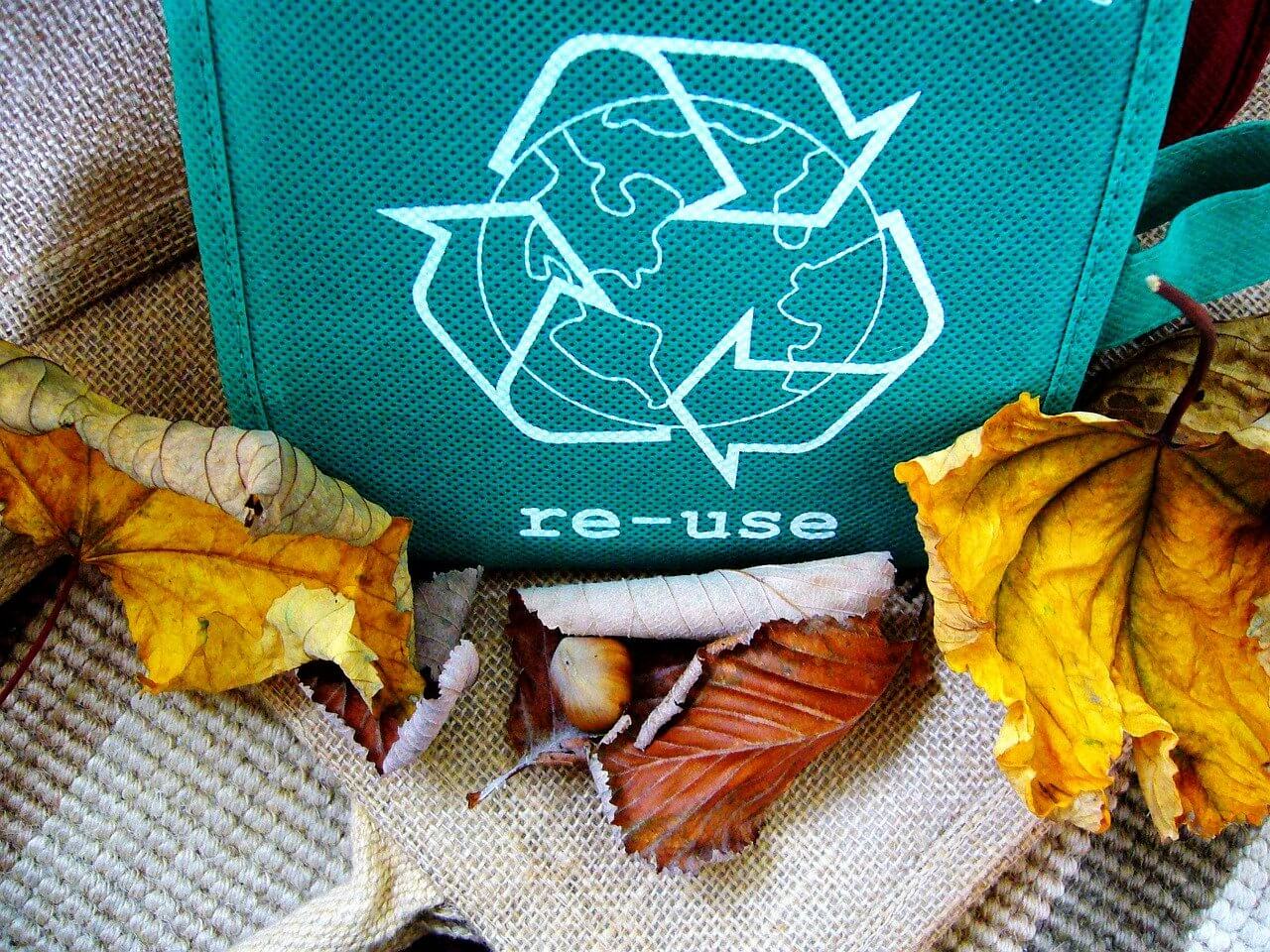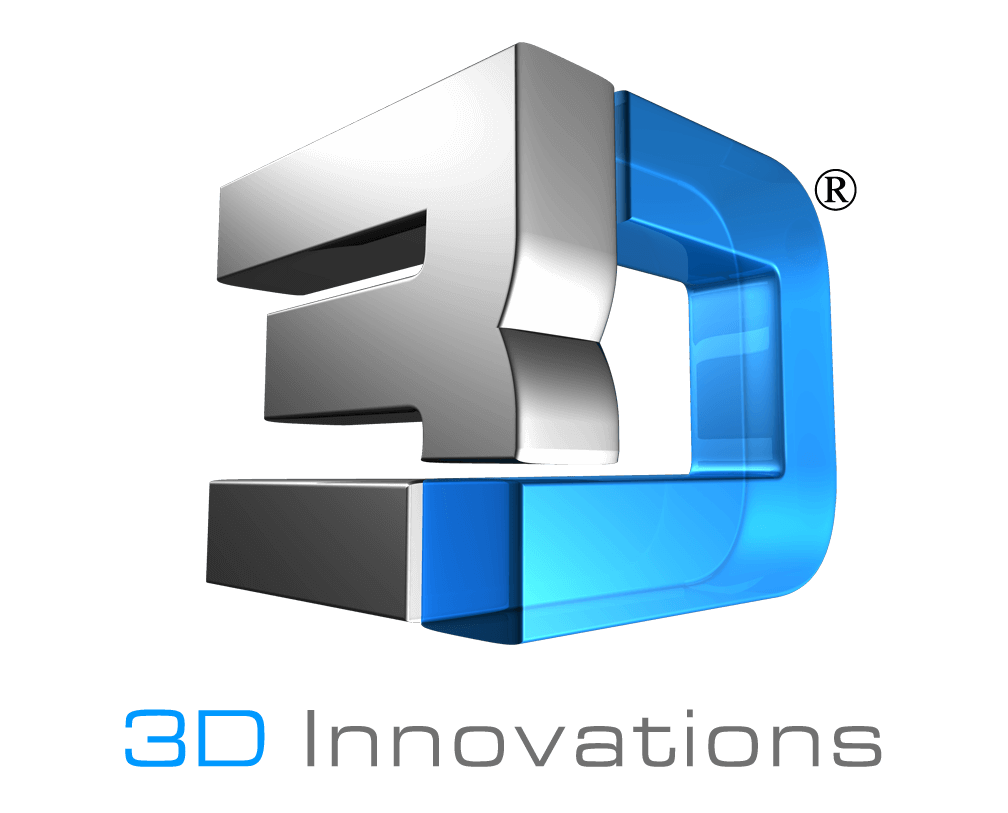 Consumers are driving change and pushing companies to design environmentally friendly products. This has led to a real shift in the product development and manufacturing space towards more sustainable and environmentally friendly practices as well. “While poor packaging design, toxic materials, and disposable products can have a significantly negative ecological impact, the opposite is also true. Good packaging design, eco-conscious materials, and well-designed products go a long way toward reducing pollution and maximizing resources.” (CAD Crowd)
Consumers are driving change and pushing companies to design environmentally friendly products. This has led to a real shift in the product development and manufacturing space towards more sustainable and environmentally friendly practices as well. “While poor packaging design, toxic materials, and disposable products can have a significantly negative ecological impact, the opposite is also true. Good packaging design, eco-conscious materials, and well-designed products go a long way toward reducing pollution and maximizing resources.” (CAD Crowd)
Incorporating eco-conscious design principals into your product is possible in a variety of ways. Below we explore ways to design environmentally friendly products.
The Design for the Environment (DfE) Approach
The DfE approach to product design covers the entire life-cycle of a product. Below are the four main principals to design environmentally friendly products that have minimal negative impacts on the environment.
Design for disposal or reuse.
All products reach the end of their life cycle at some point. When they are no longer useful they are often put in the trash and sent to a landfill. This means that the material it is made of is now sitting in a landfill. Environmentally conscious design will account for this and utilize materials that can decompose or that do not emit harmful contaminants.
Consider the environmental impacts of the constituent materials and how they might be disassembled and reused. (CAD Crowd)
Design for energy efficiency.
This concept applies primarily to electronic devices. The goal is to reduce, as much as possible, the overall energy consumed by the product over the course of its life cycle. Energy efficient light bulbs are the prototypical example of this principle in action. (CAD Crowd)
Design for environmental processing and manufacturing.
Consider how the raw materials that go into making the various components of your invention are extracted, processed, and manufactured. Whether and how they are mined, drilled, or grown and harvested will constitute a large part of the final product’s environmental footprint.
How were these materials processed? The nature of the raw materials will also determine whether the product will be recyclable, biodegradable, toxic, or otherwise dangerous to the environment. A major goal of this design principle is to minimize the amount of waste, pollution, and energy expenditure that goes into creating the product. (CAD Crowd)
Design for environmental packaging.
Using reusable or recyclable shipping and packaging products, eliminating any unnecessary paper and plastic packaging material, and making efficient use of space are the key strategies for creating environmentally friendly packaging. (CAD Crowd)
Most businesses today aim to produce goods at a low cost while maintaining quality, staying competitive in the global marketplace and meeting consumer preferences for more environmentally friendly products.
The design of environmentally friendly products benefits businesses in a number of ways: cost savings, reduced business and environmental risks, expanded business and market opportunities, and to meet environmental regulations.
Have additional questions about designing an environmentally friendly product? Send us an email at info@3d-innovations.com
______
3D Innovations is a Product Development Company – from the 3D Design to a fully functional 3D Prototype & Product.
Subscribe to the 3D Innovations newsletter on our Facebook page!

